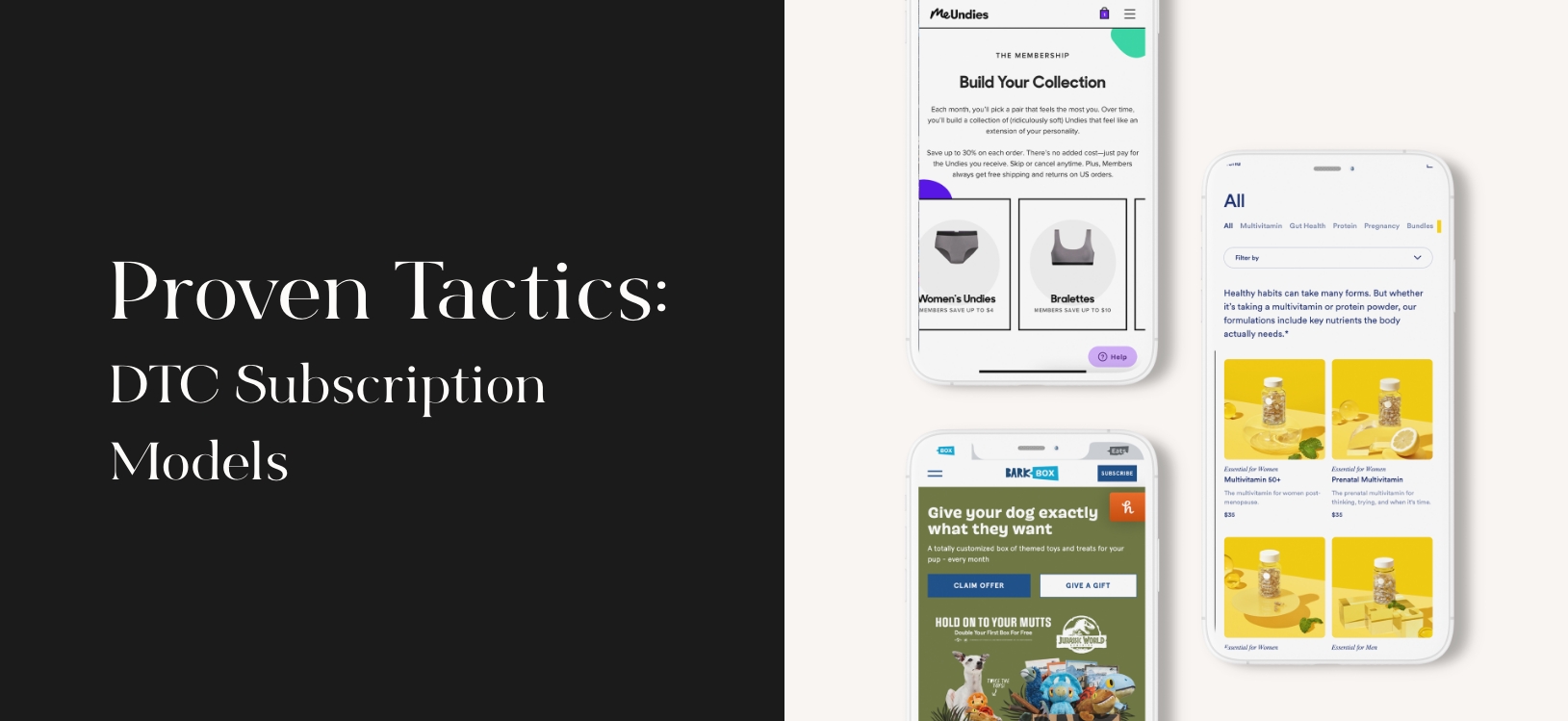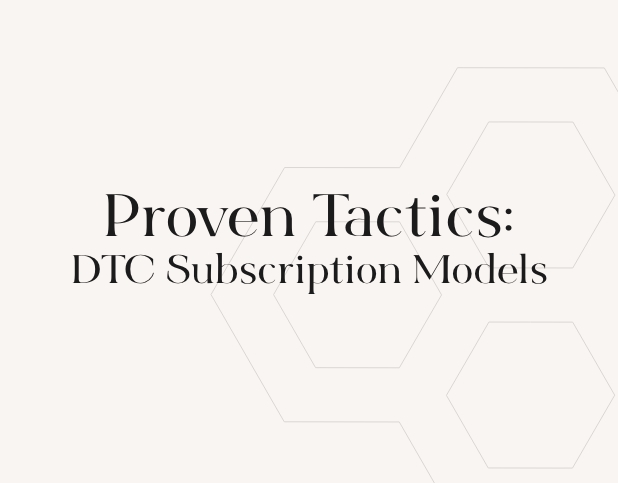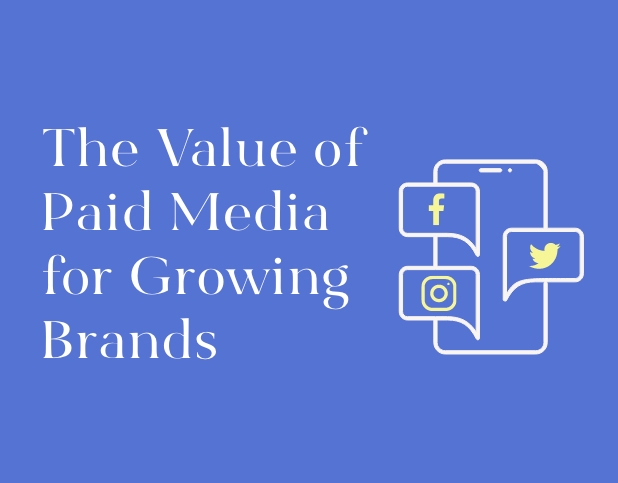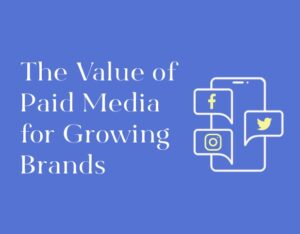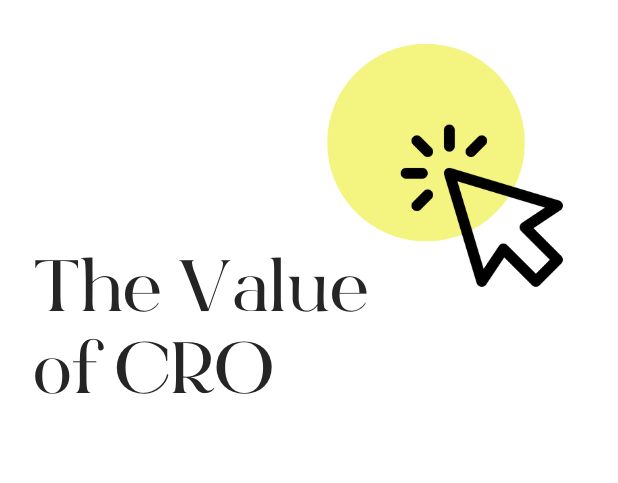Subscription-based models have been on the rise for years. Throughout 2020, in the midst of the COVID-19 pandemic, businesses saw accelerated growth for these models. On average consumers are spending around $273 a month on subscription services – double what consumers spent four years ago!
So what makes subscription services so lucrative for businesses? First of all, subscription models help businesses predict revenue. Secondly, companies with subscribers have a decreased customer retention cost as customers go through an automated funnel and are more loyal than transactional customers.
What are the types of subscription models?
Customers are able to get all kinds of products and services through subscriptions. The main subscription types are auto-ship, curated box, and access. The best type of subscription model for each brand depends on the products or services offered and their customer behavior. So how do you determine which type is the best for your brand? Let’s walk through each model to get a better understanding!
Type 1: Access
Access subscriptions are the most common, and the first example people think about. These types of subscriptions allow customers to pay a recurring fee for access to the product or service the company has to offer. Some brands offer different levels of access for varied prices.. Examples of brands that offer traditional access subscriptions would include Netflix, Spotify, Hulu, and all other streaming services. Customers pay each month for access to streaming their favorite shows and music.
While the most common, streaming is not the only type of access subscription. During the COVID-19 lockdown, workout facilities had to shift and adapt, so many started offering subscriptions to their live virtual workout classes to stay in business. Another company, Amazon, offers its customers a yearly subscription to Amazon Prime for access to 2-day free shipping. Amazon’s success led other companies to follow suit. Sephora launched “Sephora Flash” for a yearly free shipping subscription and DoorDash has a similar program called “DashPass”. This motivates customers to purchase year-round since they are paying for premium services and usually at a discounted rate as opposed to monthly fees.
Another example of access subscriptions is when companies combine both access and auto-ship subscriptions to keep customers engaged with the brand. MeUndies, an underwear apparel company, has become a leader in the e-commerce industry. MeUndies membership provides loyal customers access to special promotions and “Subscription only” designs.
Type 2: Curated box
Curated box subscriptions are exciting and fit within many different types of industries. Curated boxes are monthly or quarterly subscriptions that include a variety of different products sent in one box. Brands with a large enough product selection can create their own curated box, like BarkBox, but it may be challenging for a company that doesn’t have enough product variation. It is more common for subscription boxes to include a variety of products from various brands curated to the target customer. Curated box subscriptions are very popular in the makeup, pet, wine, tea, and jewelry industries.
Make-up curated boxes such as BoxyCharm and Ipsy have gained notoriety within the makeup industry. These companies do not send samples of their own products, they partner with other brands, ranging from Drug Store favorites to Celebrity-backed skincare and makeup lines. Similarly, PupBox, a pet subscription company, offers a monthly subscription to their box that includes a variety of treats and toys from brands that sell their products on their site.
This model benefits both customers and brands. Customers are able to try new products they might not normally purchase and they find excitement in their monthly or quarterly delivery. Brands have an opportunity to gain awareness and conversion through the middle-man subscription service.
Type 3: Auto-ship
Autoship subscriptions are a convenient way for customers to restock on products they frequently purchase! Autoship subscriptions allow customers to automatically reorder products they use on a regular basis. Having flexible replenishment options that meet customers’ needs is a great way to incentivize customers to sign up for auto-ship. Many brands also offer a small discount for opting into auto-ship subscriptions. Two of the biggest reasons brands benefit from offering auto-ship options are reduced customer retention costs (CRC) and streamlined inventory purchases or production.
If you are interested in offering auto-ship but aren’t sure if your product is the right fit or the cadences you should offer, taking a look at replenishment data from your analytics is a good place to start. Do customers need to reorder every 2 weeks? Every 30 days? Or even every 3 months? You want to make sure you are offering the auto-ship cadence options your customers need.
Auto-ship subscriptions work with most everyday household items and consumable goods, like vitamins, paper goods, or dog food. They aren’t a good fit for high-ticket items such as furniture, appliances, or other items that do not need to be replaced or replenished on a regular basis. However, a company might find an opportunity to upsell and re-engage a customer and capture recurring revenue if supplemental products are available. For example, if a company sells hair dryers, it would be unrealistic to think that a customer is buying a new product every month; however, this customer might be in need of a hair heat protectant every couple of months and can sign up for an auto-ship of hair product to be delivered every 3 months.
What are the challenges of Subscription Models for DTC brands?
While subscriptions are a great way to retain customers, subscription implementation and launches may come with challenges if not implemented correctly. The subscription model that fits best with your brand depends on the type of products your company offers, and not every product is right for subscriptions. Most importantly, there is not a one size fits all approach for subscriptions. What might work for one company or product, may not work for another.
Another aspect to consider, subscription launches can be expensive. There is an upfront cost in installing a subscription service on your website. Once subscriptions are implemented, some brands might notice a high churn rate if they don’t have a well-thought-out subscription strategy in place.
Subscriptions can be a game-changer for established and upcoming brands. Partnering with a data-based, strategy agency can help companies overcome the challenges of subscription installation and management. At BuzzShift, we work alongside businesses to help set up and make well-informed subscriptions by taking into account the full customer journey. Through reporting and insights, we empower companies to fully utilize their subscription model and make well-informed decisions.
About BuzzShift
BuzzShift is a digital growth strategy agency with a focus on mid-market, scaling, purpose-driven DTC Brands. By combining the ideologies of branding, performance marketing, and retention agency, we are able to create memorable experiences with measurable results, and build long-term success for our clients with scalable, sustainable growth. Learn more about BuzzShift.
